Living Planet
Nature · Earth · ClimateNature Notes: August 2024
AUTUMN - THE NEW SUMMER?!
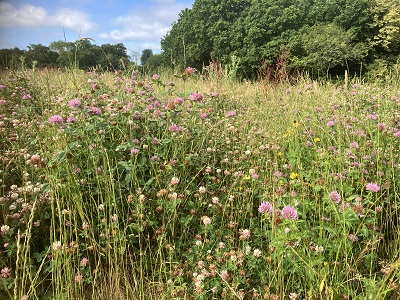
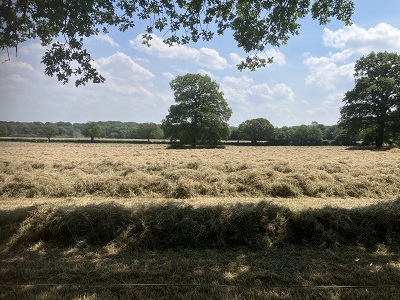
Highlights of July: - clouds of pollen like golden dust, drifting over a meadow plentiful with butterflies; marbled whites playing kiss chase with each other and tag with ringlets, gatekeepers and meadow browns before alighting on thistles and devils bit scabious; a tiny froglet on the move; an escargatoire of of tiny young snails on neighbouring wild stems after a long period of rain and other older snails with beautifully patterned swirls of varying hues on path side plants; the dazzling white of an egret swooping up from the cattle's feet by the river and perching on a nearby tree; cream/green clover clad lawns and verges tinged with violet 'Heart of the earth' /Self-heal. Finally, some heat at the very tail-end of the month.
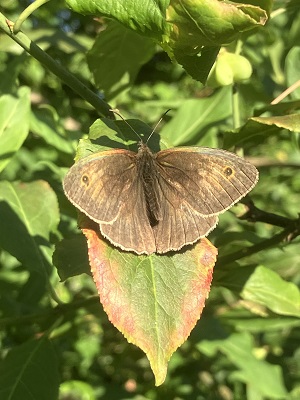
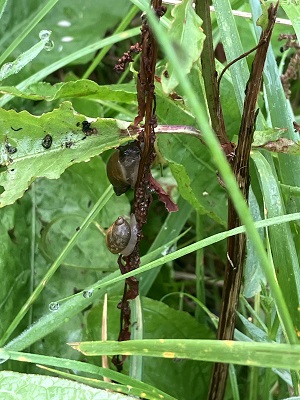
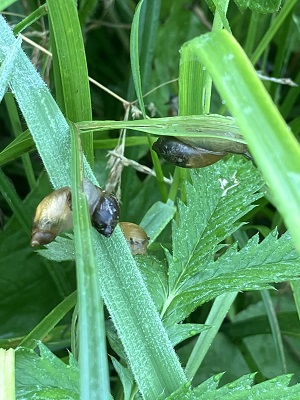
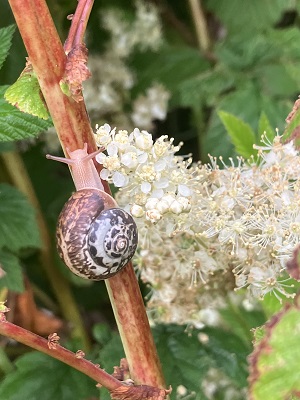
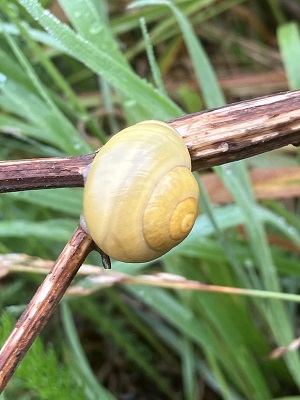
Lowlights: - lack of sunshine with rain, mists and temperatures more like Autumn than high summer and the early appearance of house spiders too; a live stag beetle trussed up in a web; a noticeable lack of butterflies, bees and buzzing insects bar a bumblebee nest in a hole in the ground that had been disturbed; winds prematurely sweeping down leaves, unripe sycamore seeds and both a chaffinch and buzzard nest; the news that Blackbird numbers are plummeting in the south-east which experts say is due to habitat loss, our warming climate and the transmission of a mosquito-borne disease.
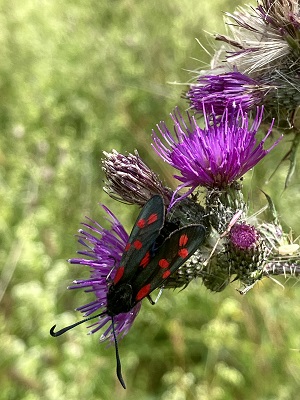
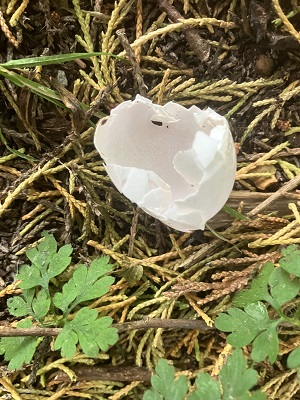
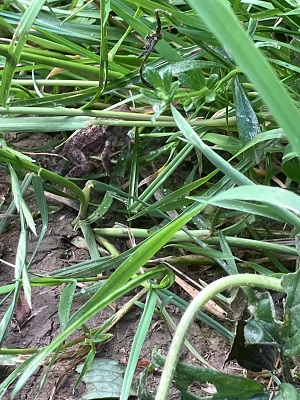
Key Messages: With all the above hitting home, each of us, our local councillors, MPs and newly elected government need to take the action needed to protect and restore nature.
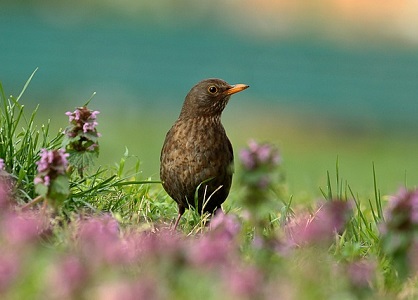
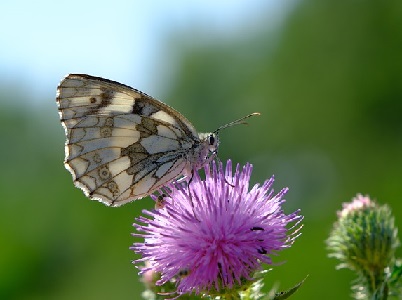
What to look for/hear in August: the return of summer; a possible late insect chorus and glow-worms; young stoats starting to hunt; the hatching of grass snakes; newborn lizards; yaffling green woodpeckers with fledged young foraging together for ants; male grasshoppers and crickets breaking into courtship song; purple loosestrife beside our rivers and streams hopefully attracting long-tongued pollinators of bees, butterflies and moths.
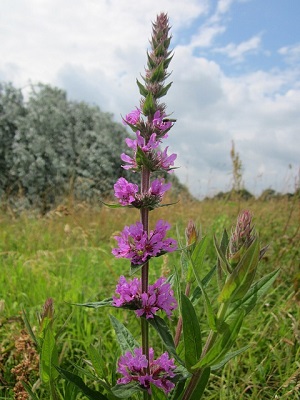
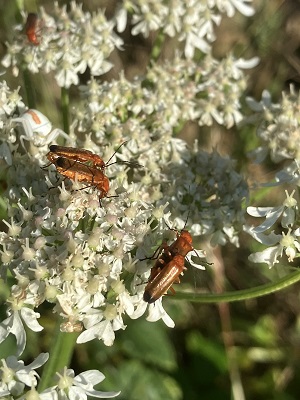
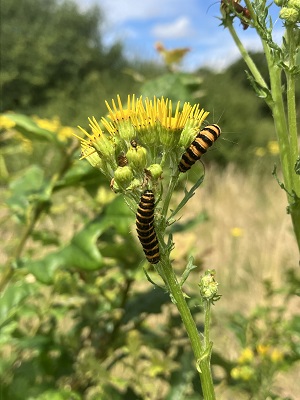
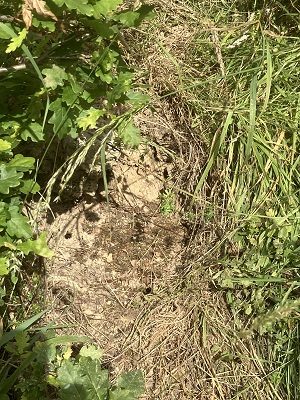
More likely to see/hear: the first supermoon of the year on 19th August; robins singing again having completed their moult; swallows and house martins busy with a second or perhaps even a third brood on the wing; young newts under log piles or in long grass; wild blackberries, hawthorn and sloes in the hedgerows; hazelnuts starting to ripen; more parasol mushrooms in the fields; striking cinnabar moth caterpillars munching ragwort.
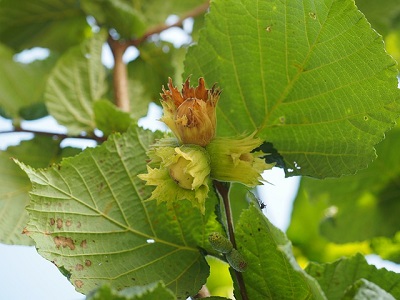
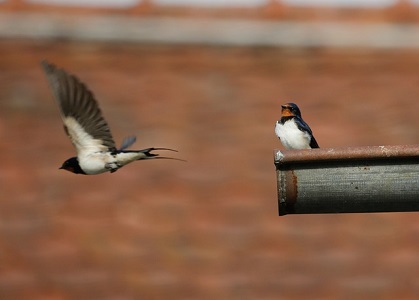
What you can do this month:
1) Continue to call on all those in control to reverse nature's decline by ensuring any housing development is both nature-friendly and sustainable; supporting the transition to 'nature-friendly farming': funding methods that support biodiversity, soil health and climate resilience; tackling water pollution; supporting greener communities; prioritising 'nature-based solutions' to climate change: e.g. reforestation, wetland creation, seagrass restoration etc., as buffers against flooding and droughts, protecting people/animals, houses, crops, water supplies and vital infrastructure.
2) Take part in the British Ornithological Trust's Blackbird Survey to help halt their decline.
3) Family activities: Book a seasonal guided walk or pond dipping activity at Warnham or your own local nature reserve; take part in the Wildlife Trusts National Marine Week (27th July - 11th August 2024).
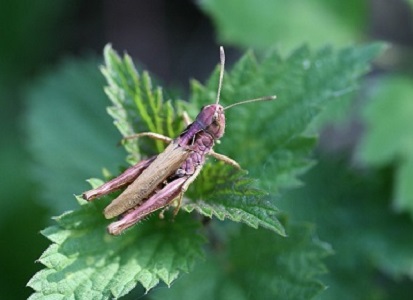
Wising you all very Hoppy Holidays!